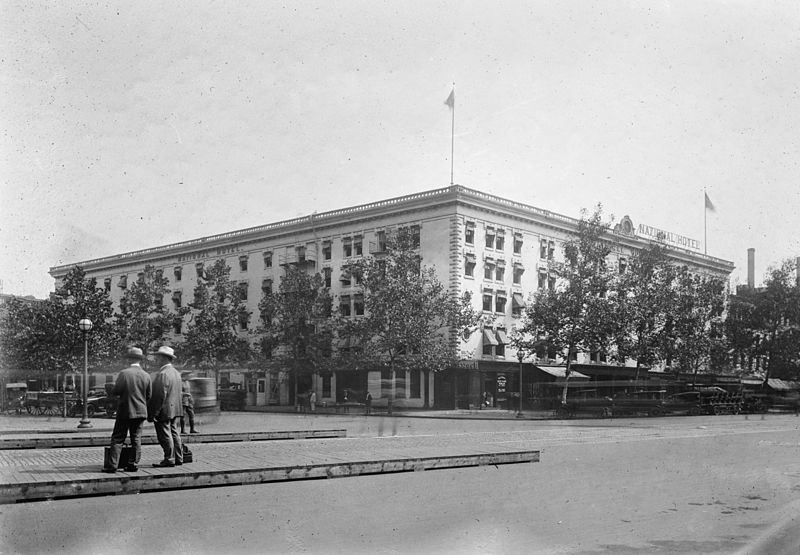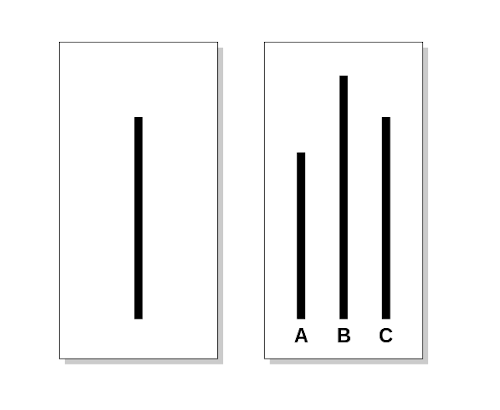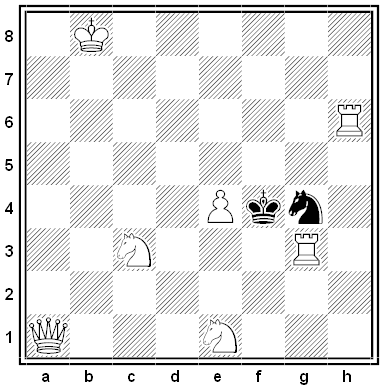“It is more from carelessness about truth than from intentional lying that there is so much falsehood in the world.” — Samuel Johnson
So Ordered
From the minutes of the city council of Deer Park, Texas, Aug. 31, 1965:
After some discussion, it was moved by Councilman Black and seconded by Councilman Young that we publish our intentions of annexation of the Planet Venus as required by law. The motion passed 7 to 0.
In July, when the Oklahoma Science and Arts Foundation had sought funds to pay for a scale model of the moon, the Oklahoma City council had annexed all 9 billion acres of Earth’s satellite and Mayor George Shirk had turned them over to the foundation.
Inspired, Lee Bishop, president of the Deer Park Chamber of Commerce, had convinced his local council to annex Venus so that they could sell lots as a fundraiser. The scheme helped the city produce a promotional film; Bishop said, “People have heard of Deer Park who probably never would have. The publicity, even though it was in jest, helped.”
When the U.S.S.R. sent a probe to Venus in 1967 without asking Deer Park’s permission, Bishop considered lodging a protest with the Soviet embassy. He decided against it to preserve international relations.
(From Virgiliu Pop, Who Owns the Moon?: Extraterrestrial Aspects of Land and Mineral Resources Ownership, 2008.)
Boxing Day
In 2002, Melbourne friends Hoss Siegel and Ross Koger were battling with pool noodles and imagined a war fought in the same style. Months later they witnessed two kids beating each other up with cardboard boxes, and they married the two ideas.
The result is Box Wars, an annual free-for-all among combatants bearing weapons and armor made of cardboard. The pastime is now international, with extensions in Japan, the United States, Scotland, the Netherlands, Russia, and Canada.
“The suits,” says Koger, “have gotten more elaborate, as have the crowds, and it’s funny that something which spawned from a stupid idea at a party has become so big.”
Uncombable Hair Syndrome

This rare condition, also known as “spun-glass hair” and cheveux incoiffables, normally arises between the ages of 3 months and 12 years. It’s well named — patients develop dry, wiry, frizzy hair that’s impossible to comb. The cause is genetic, and the symptoms tend to resolve by adolescence.
The condition is also known as Struwwelpeter syndrome, after the 19th-century German children’s book Der Struwwelpeter, whose title character is “Shock-Headed Peter.”
In a Word

peisant
adj. having great weight
dissight
n. an unsightly object, an eyesore
bonification
n. the action of making something good or better
subrident
adj. accompanied by a smile
In 1959, a cement mixer rolled off a road in northeastern Oklahoma. The owners retrieved the truck, but the mixer held tons of concrete and was too heavy to move. Plans to bury it on the spot were eventually abandoned, and the disused mixer lay for decades beside Winganon Road. In 2008 Heather Thomas and her husband, Barry, decided to celebrate their fifth anniversary by finally attending to the matter — they disguised in as a space capsule.
(Thanks, Colin.)
Dicto Simpliciter
A gentleman had ordered a roasted stork for dinner, and as the legs were deemed the most savory part, he was greatly exasperated when the bird came upon the table with only one leg. The cook, it seems, had a sweetheart, and she had cut off one for him. However, when her master called her to account, she boldly asserted that storks had but one leg. To prove this, she proposed that they should repair to the bank of the river on the following morning, and settle the question by ocular demonstration. They went accordingly, and behold, there were a dozen storks, showing but one leg. ‘Hoo!’ said the master, upon which each stork showed his other leg. ‘There!’ said the gentleman, ‘you see those storks have two legs.’ ‘Yes,’ said the cook, ‘but you cried “hoo!” at them: I pray you to remember that you did not cry “hoo!” to the one I cooked yesterday.’
— Boccaccio
Podcast Episode 349: The National Hotel Disease

In 1857 guests at Washington D.C.’s National Hotel began to come down with a mysterious illness. One of them was James Buchanan, who was preparing to assume the presidency of the United States. In this week’s episode of the Futility Closet podcast we’ll describe the deadly outbreak and the many theories that were offered to explain it.
We’ll also contemplate timpani and puzzle over an Old West astronaut.
The Asch Conformity Experiments

In a 1951 experiment, social psychologist Solomon Asch placed each of 50 college students in a room with 6 to 8 confederates and showed them two cards like the ones above. Which line on the second card is the same length as that on the first card? In the first two trials the confederates gave the obviously correct answer, and the subject, who was placed near the end, did also.
But after this point the confederates began to give a clearly wrong answer, and continued to do so for 12 of the 18 trials. Asch found that only 23 percent of the subjects stood up consistently against this social pressure; 4.8 percent agreed with the confederates throughout, and the rest agreed with the incorrect majority in only some trials.
Asch wrote, “That intelligent, well-meaning, young people are willing to call white black is a matter of concern.”
Time Trouble
A letter from 14-year-old Jim Nicholson to Wonder Stories, February 1931:
Some time ago you asked us (the readers) what our opinions on time-traveling were. Although a bit late I am now going to voice four opinions …
(1) Now, in the first place if time traveling were a possibility there would be no need for some scientist getting a headache trying to invent an instrument or ‘Time-Machine’ to ‘go back and kill grandpa’ (in answer to the age-old argument of preventing your birth by killing your grandparents I would say: ‘now who the heck would want to kill his grandpa or gandma?’) I figure it out thusly:
A man takes a time-machine and travels into the future from where he sends it (under automatic control) to the past so that he may find it and travel into the future and send it back to himself again. Hence the time machine was never invented, but! — from whence did the machine come?
(2) Another impossibility that might result would be:
A man travels a few years into the future and sees himself killed in some unpleasant manner, — so — after returning to his correct time he commits suicide in order to avert death in the more terrible way which he was destined to. Therefore how could he have seen himself killed in an entirely different manner than really was the case?
(3) Another thing that might corrupt the laws of nature would be to:
Travel into the future; find out how some ingenious invention of the time worked; return to your right time; build a machine, or what ever it may be, similar to the one you had recently learned the workings of; and use it until the time you saw it arrive, then if your past self saw it, as you did, he would take it and claim it to be an invention of his (your) own, as you also did. Then — who really did invent the consarn thing?
(4) Here’s the last knock on time traveling:
What if a man were to travel back a few years and marry his mother, thereby resulting in his being his own ‘father’?
Now I ask you, do you think traveling in time, in the manner most of your authors put it, is possible? (Now please don’t get the idea that I think it can’t be done, to some extent, because it might be done through Suspended Animation).
Editor Hugo Gernsback responded, “Logically, we are compelled to admit that he is right — that if people could go back into the past or into the future and partake of the life in those periods, they could disturb the normal course of events, as Mr. Nicholson has pictured it.”

